SUMMARY
This is AI generated summarization, which may have errors. For context, always refer to the full article.
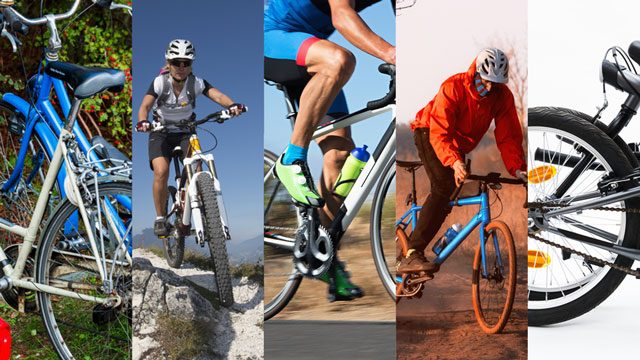
MANILA, Philippines – Since lockdowns to prevent COVID’s spread began, mobility – particularly the kind most people are used to – has been dramatically reduced. It’s not just because of shelter-at-home requirements. Physical distancing measures also mean people should stay at least two meters apart — a difficult ask when commuting in the Philippines, especially in Metro Manila.
To cope and survive, many have been tapping an often overlooked means of transportation: cycling.
In the Philippines alone, either out of necessity or choice, people have found themselves either dusting off old bikes or descending upon neighborhood bike shops looking for new ones.
There are a wide range of bikes available depending on your needs – which can be intimidating for newcomers.
We’ve already provided a guide to choosing your commuter bike. In this story, we’ll be going through the each type of bike that’s most available in the Philippines:
Granny/Commuter Bike
Granny bikes are among the most common commuter bikes around the world. In the Philippines, you’ll see them at Japanese surplus shops, which is why most refer to them as “Japanese Bikes.” They typically feature a basket at the front and a rack at the back, both for small cargo such as groceries. Some even have a lamp that turns on when you start pedaling. It’s also common to see Filipinos putting cushions on the rear rack so they can carry a passenger.
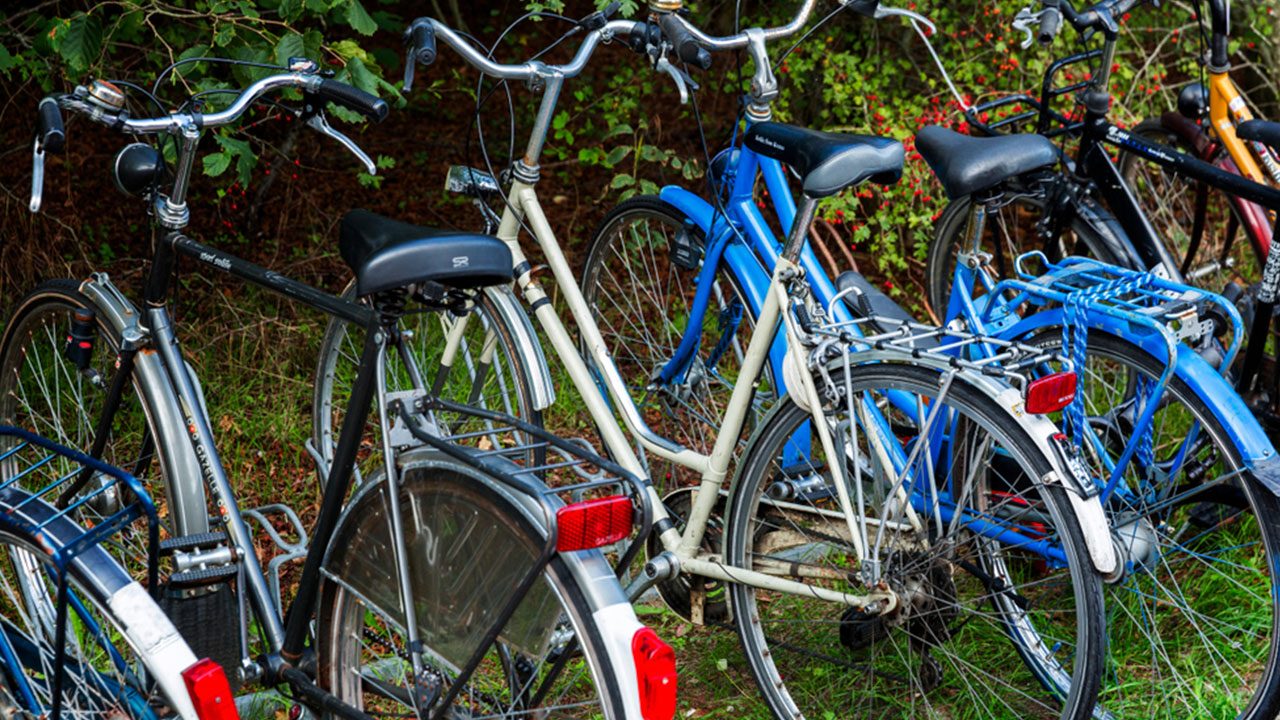
Their tires are smooth and made for paved surfaces, and their geometry allows for a relaxed position where the rider sits more upright. Aside from Japanese surplus shops, they are also available on online marketplaces.
The price range of these bikes go from P3,000 to P10,000 depending on the brand, condition, features and number of gears.
Folding Bike
Folding bikes are another type of commuter bike. As the name states, they can be folded for easy storage. They can easily fit inside a car trunk, inside a cabinet, or under a table. They can also be brought on trains and buses.
If you’re a multi-modal commuter, then this is the bike for you.
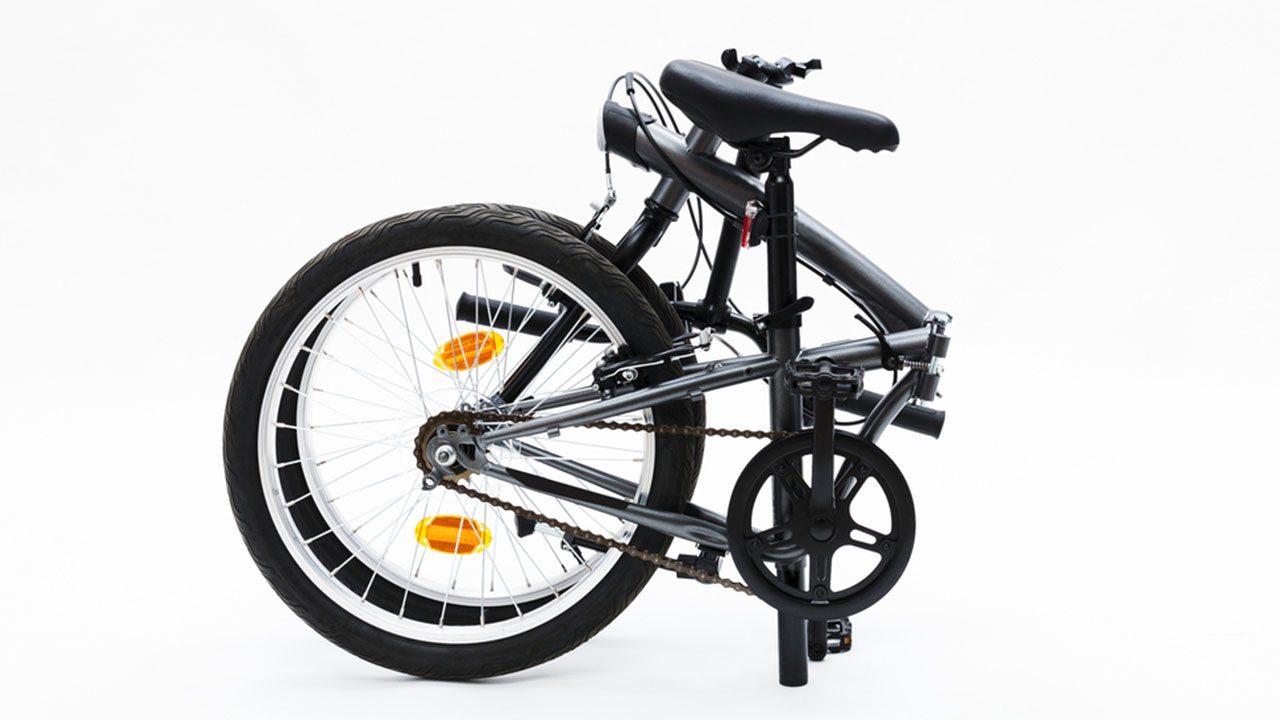
Folding bike price ranges start at around P2,000 for used and surplus models. Prices go higher depending on the bike’s material, components, foldability, and brand name.
Mountain Bike (MTB)
Mountain bikes were built to ride off-road with their wider tires and better gripping tread patterns.
MTB tires are usually 1.5 inches (35.56 mm or wider). Tires of these sizes are more resilient against flats and provide more riding comfort. An upright riding position designed for better control off-road can also felt on paved surfaces. These qualities, along with their availability and affordability, have made MTBs a common choice for bike commuters and recreational cyclists.
Modern MTBs also use disc brakes, which provide greater stopping power in both wet and dry situations.

Mountain bike frames also come in various sizes, depending on your height. They come in at XS, Small, Medium, Large and XL sizes. Getting the right frame size is crucial for your riding comfort and control.
However, you should be careful when talking about sizes at the bike shop. Some bike shops mention the sizes 26, 27.5 and 29 — these refer to the mountain bike wheel size, and not the bike frame size. Sizing can differ per brand, so it’s still best to consult the brand manual. Here’s bike brand Giant’s chart for rider height and frame size as an example.
Wheel size also affects your ride and handling, but they have more subtle differences which are only mostly felt by seasoned cyclists.
Traditionally, MTB tires have inner tubes which are inflated to inflate the tire itself. However, these inner tubes are prone to flats due to road debris or low tire pressure. It’d be really useful to always bring a patch kit and learn how to change an inner tube. Another option is to use tubeless tires that don’t need an inner tube for inflation. This type of tire contains a sealant that automatically closes when the tire is punctured. Switching to tubeless tires can be more expensive, but the investment will prove its worth once you hit rough roads.
Brand new entry level MTB prices can start at around PhP 5,000.Pprices increase according to components, materials used, and brand name.
Road Bike
Road bikes are built for speed on the road. Their tires are slimmer, around 28 mm and below; and the cyclist sits in a more aggressive position. These make balancing on road bikes a little more tricky for beginners; but with enough practice, they are a breeze to use.
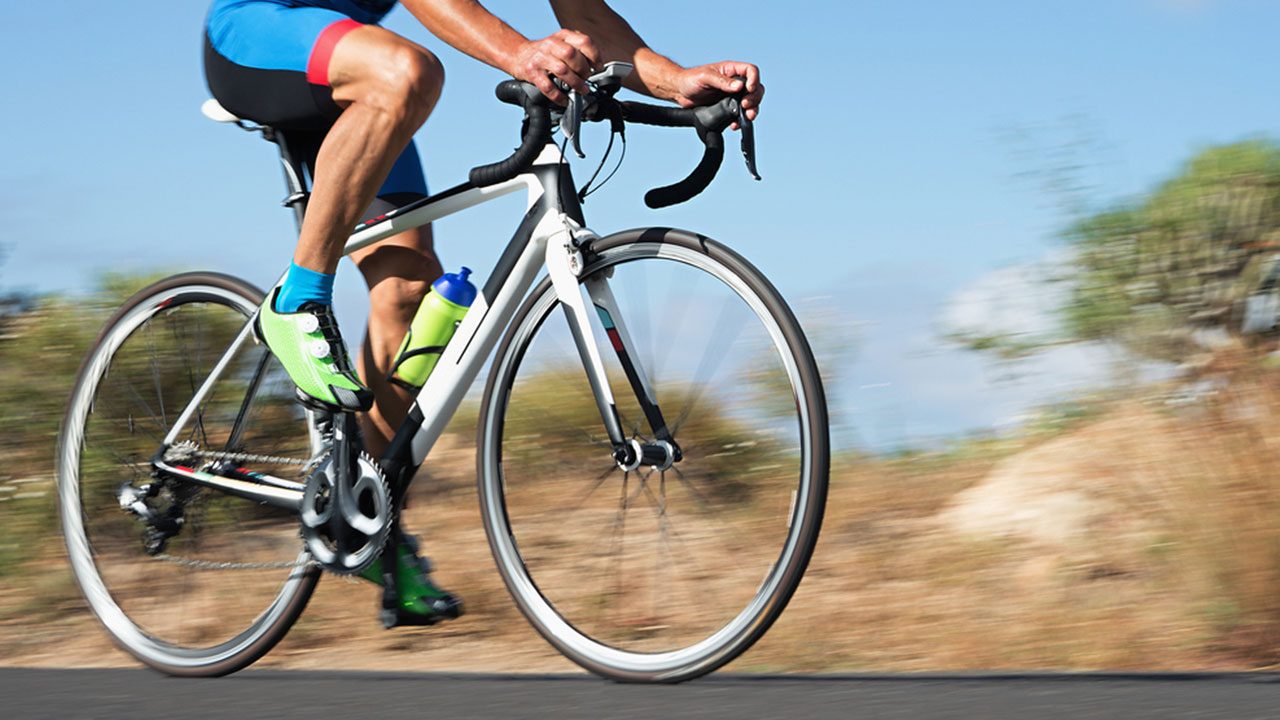
One thing to note about road bikes is that the speed afforded by their slimmer tires comes at the cost of ride comfort and resilience against flat tires. Ride comfort can be improved slightly by decreasing the pressure in your tires. However, this makes them more prone to flats if they use an inner tube. You can remedy this by switching to a tubeless tire options for road bikes.
Most road bikes use clincher brakes, which provide sufficient braking power but can become slippery in wet conditions. Newer models now come with disc brakes, adopting technology from MTBs.
The price range for road bikes are similar to those of MTBs. More comfort can be achieved with bike frames made of more sophisticated materials. Some bike brands also boast of models with better performing aerodynamics that’ll help you go faster. However, these advantages come at steep prices.
Gravel and Cyclocross (CX) Bikes
Gravel bikes are a recent development in the bike industry. They combine the speed of road bikes with the durability of a mountain bike. They are meant for rides that cover a mix of paved and unpaved (gravel) roads. Disc brakes are also common on gravel bikes given type of riding they’re built for.
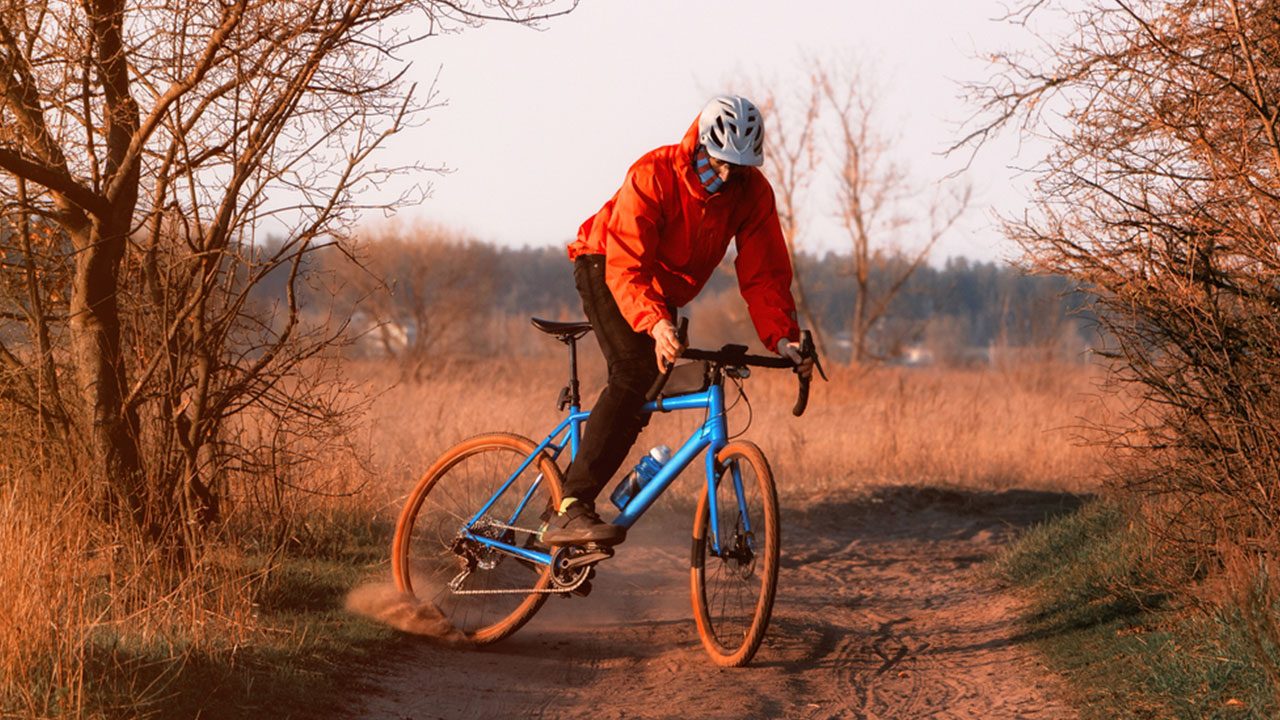
Gravel bike tires are between 32 mm and 50 mm wide with various tread patterns depending on the grip required for each surface type. These bikes also have tubeless options to increase tire resilience wherever you go.
Gravel bike specifications have some overlap with Cyclocross (CX) bikes. But to add context when you hear these terms, cyclocross is a cycling race held over light trails and mud, commonly in colder countries during winter. These bikes have tires only as wide as 33 mm according to Union Cycliste Internationale (UCI) rules, competitive cycling’s governing body, as well as other specifications for competition.
Some bike shops may use the term CX when referring to gravel bikes, which is why it is important to know the distinction.
Prices for gravel and CX bikes also start at similar ranges to those of road and MTBs. And like those two types, prices go up with higher quality materials, components and brand name.
Now that you have a better understanding of bike types available out there, hopefully you have a better idea of what you need.
Once you’ve got your new bike, you can start practicing your ride! – Rappler.com

Joseph Angan is an entrepreneur and regular cyclist. He is the co-owner of Ciclo Cycling Apparel and advocates to promote cycling as a sustainable mode of transportation.
Add a comment
How does this make you feel?
There are no comments yet. Add your comment to start the conversation.